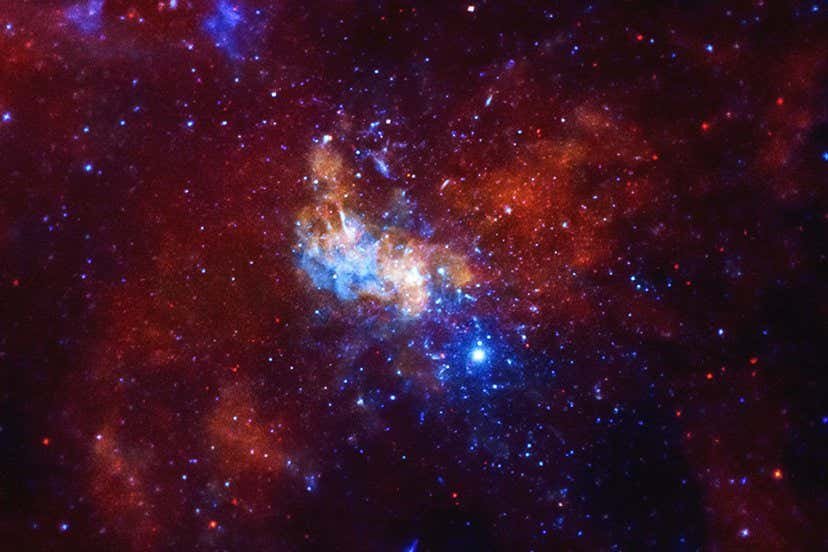The Daily Observer London Desk: Reporter- John Furner
Images of six galaxies, seen 500-800 million years after the big bang, captured by the James Webb Space Telescope
NASA, ESA, CSA, I. Labbe, G. Brammer
THEY were, on the face of it, inexplicably massive. In February, astronomers announced that among the extremely distant galaxies spotted by the James Webb Space Telescope (JWST), six appeared much brighter, and therefore much larger and more mature, than anyone had expected. One galaxy, pictured as it was just 700 million years after the big bang, contained more than 100 billion stars – roughly the same number that our galaxy, the Milky Way, has amassed over 13 billion years.
Once again, cosmologists were confronted with observations that are impossible to explain according to our best model of how the universe evolved. Not enough time had elapsed to have brought together that amount of matter and turned it into this many stars. At the time, Mike Boylan-Kolchin at the University of Texas in Austin argued that the scenario posed a “serious challenge” to our understanding of the cosmos.
And yet, as astronomers pored over the data, it became clear that the current cosmological model is resilient, as it has proven so many times before. Or is it? Because although some analyses indicate that these six galaxies aren’t as massive as first thought, others suggest that they might be even bigger. This indicates that, depending on follow-up observations, we may yet have to remake cosmology – most likely by throwing new cosmic ingredients into the mix to explain the apparent paradox.




